Fish 101: Back to School
Published by Ocean Conservancy
As those fun summer days have come to an end, we can feel fall creeping upon us. And with the changing of leaves, we are reminded that school is back in session. Here at Ocean Conservancy—when we think of school—we think of schools of fish!
What better way to kick off the school year than by learning some fascinating facts about fish schools? Dive in! We’re here to give you a lesson in Fish 101.
What is a School of Fish?


A school of fish is a group of fish that swim in the same direction in an extremely coordinated manner.
Shoal We Continue with the Lesson?
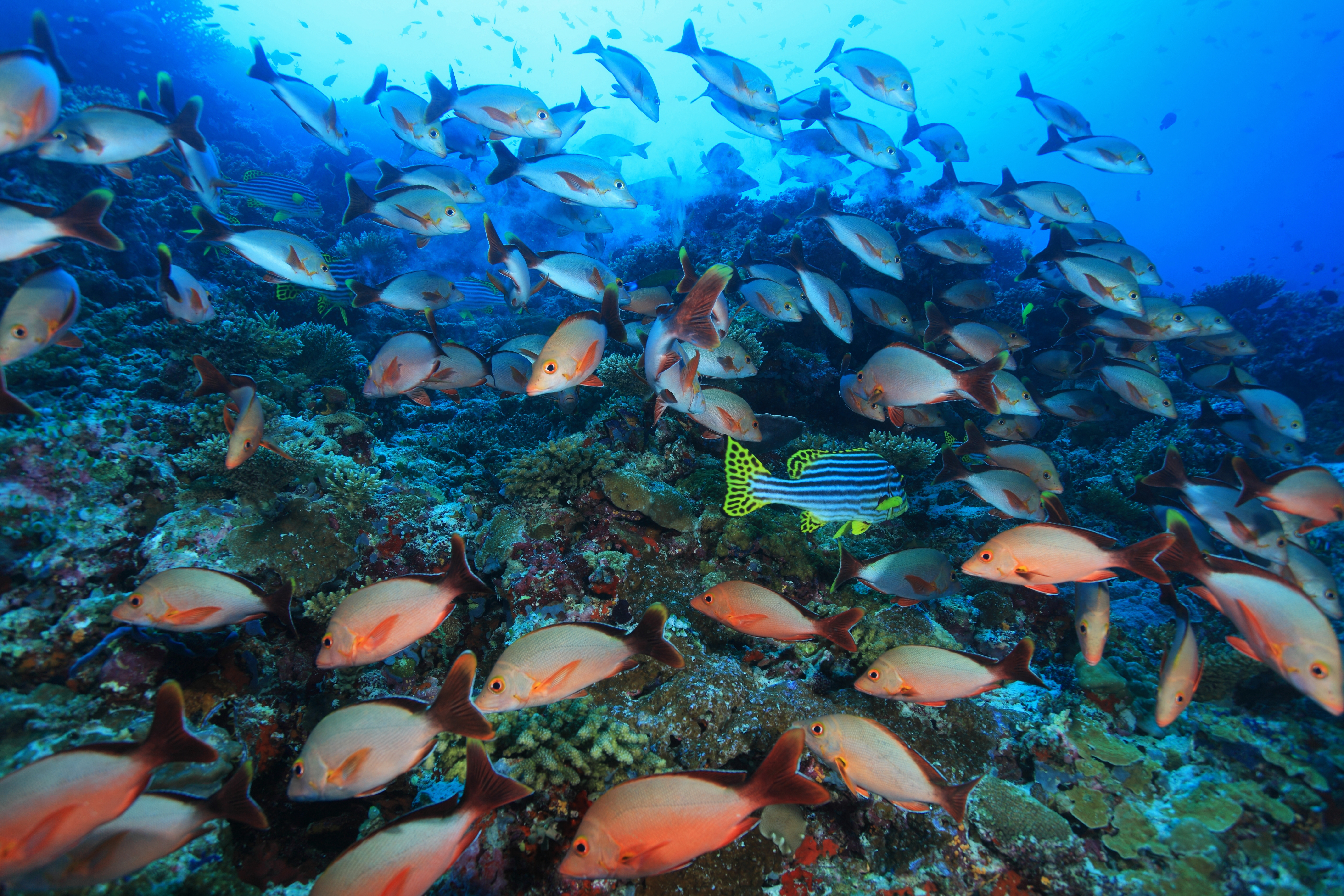

There are common misconceptions about what a school of fish actually is, and with good reason. Schools are often mistaken for shoals and while both are fish aggregations, a shoal is a looser group, sometimes with different species, that is not organized and just like to hang out. Much like the schools we have, fish schools are highly structured. Each fish must be completely in synch with its neighbors to allow for coordinated movements as the group moves in a common direction.
Follow What Leader?
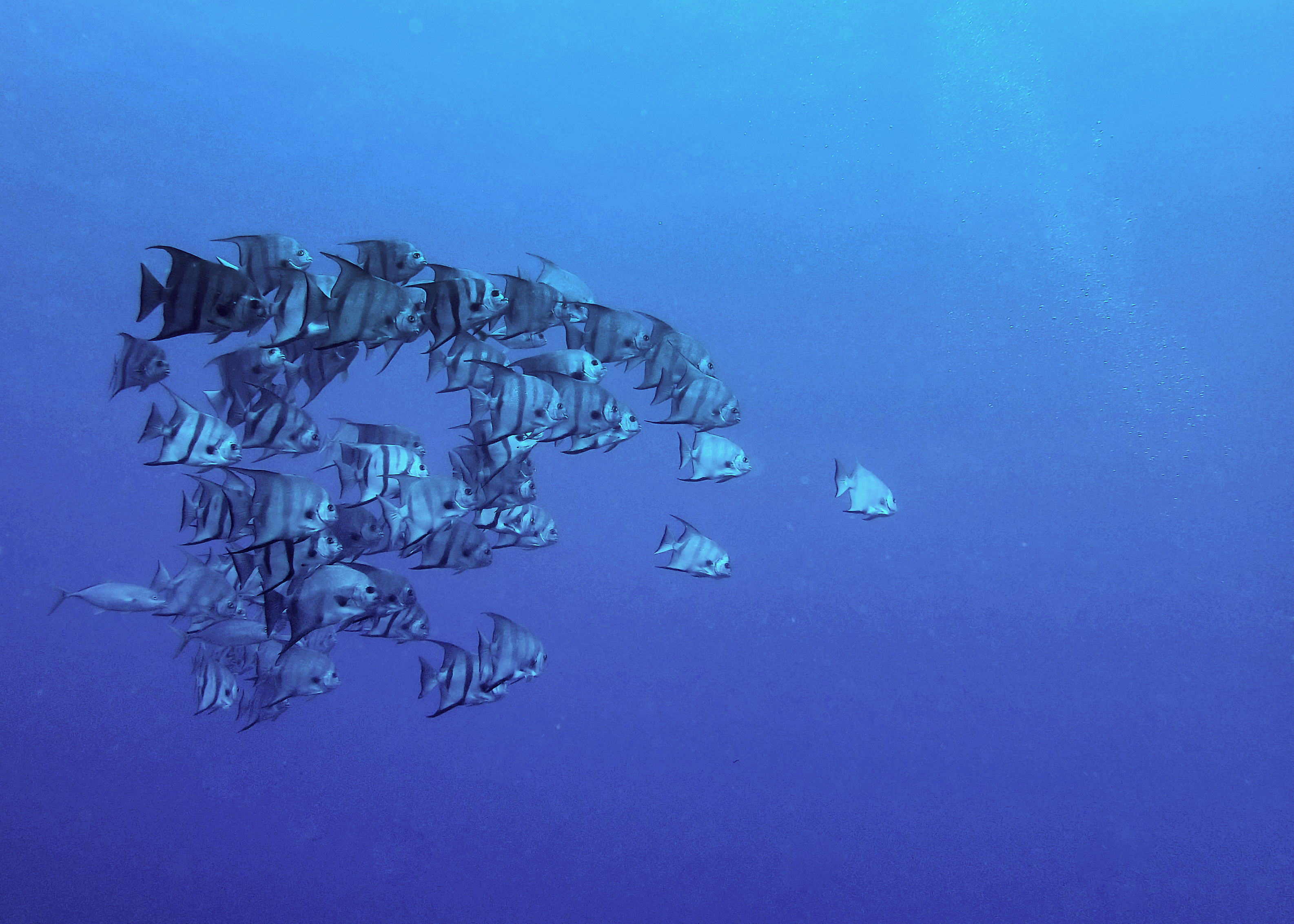

Amazingly enough, a school comes together on its own in a process of self-organization. Once a school starts, individual fish can sometimes act as leaders/influencers that help determine how the school moves. Some schools of fish will even follow a robo-fish that acts as a leader.
Why Do I Have to Go to School?
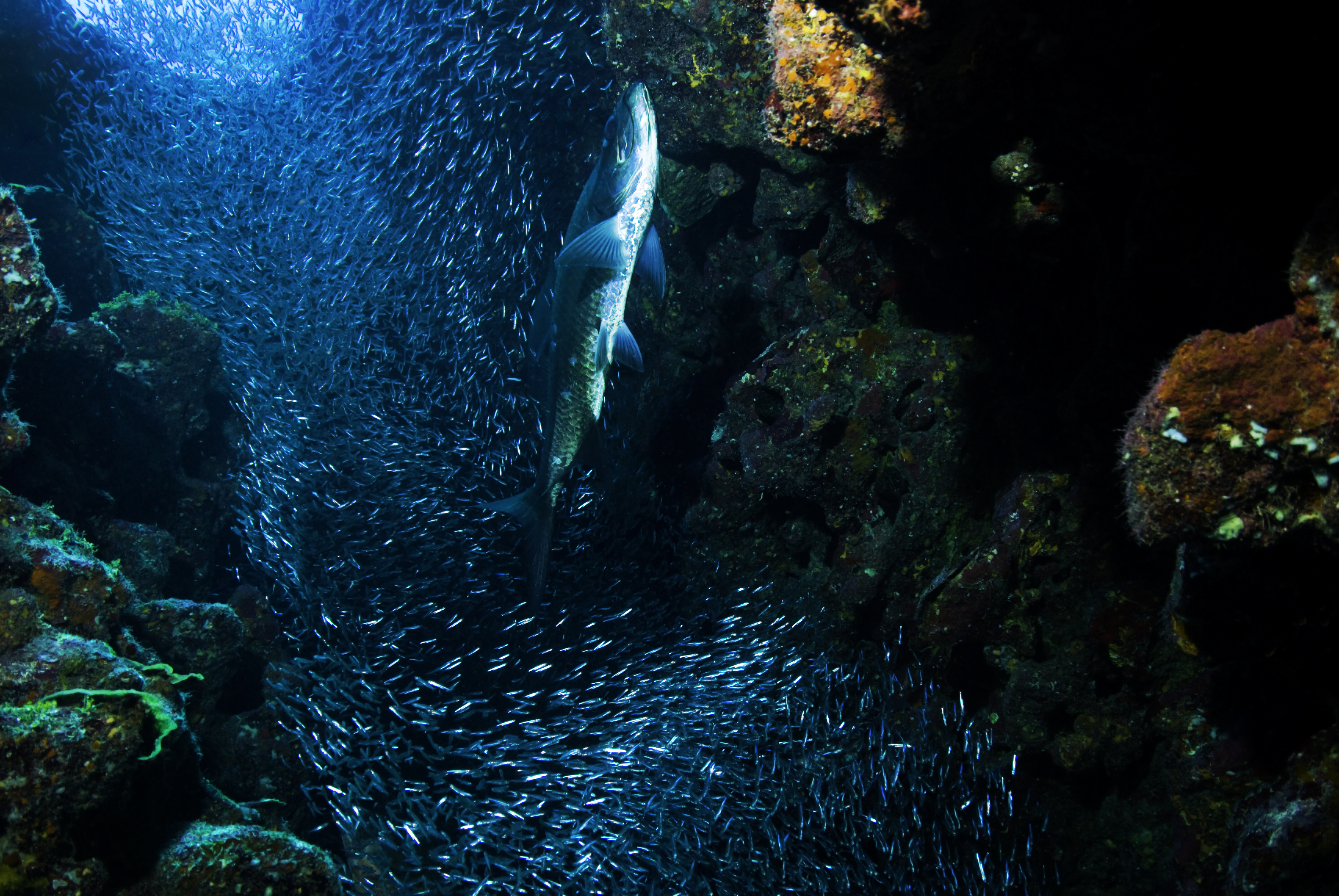

Fish school for a variety of reasons, one of them being a defense mechanism against predators. Fish also save energy by swimming in schools. The larger group can more easily find and share food.
Where Should I Sit?
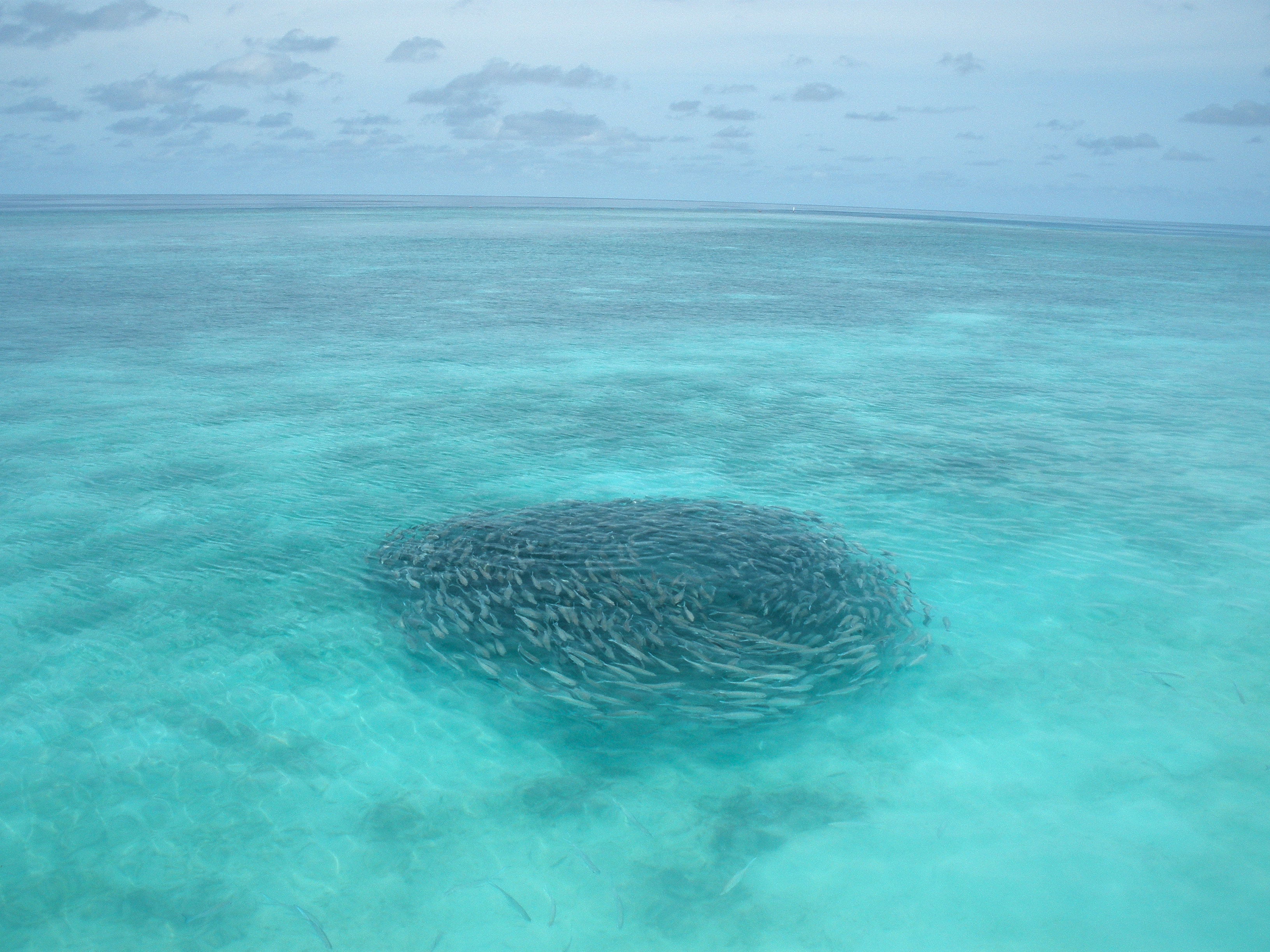

Every fish can’t be in the same spot within a school, and different spots have different advantages. A fish in the middle is safer from predators, but a fish on the edge might be closer to food. By exploiting the flow patterns that are being generated by those swimming ahead, fish in the back of the school have the easiest time swimming, but fish at the front get water with more oxygen.
Who’s in Your Group Project?
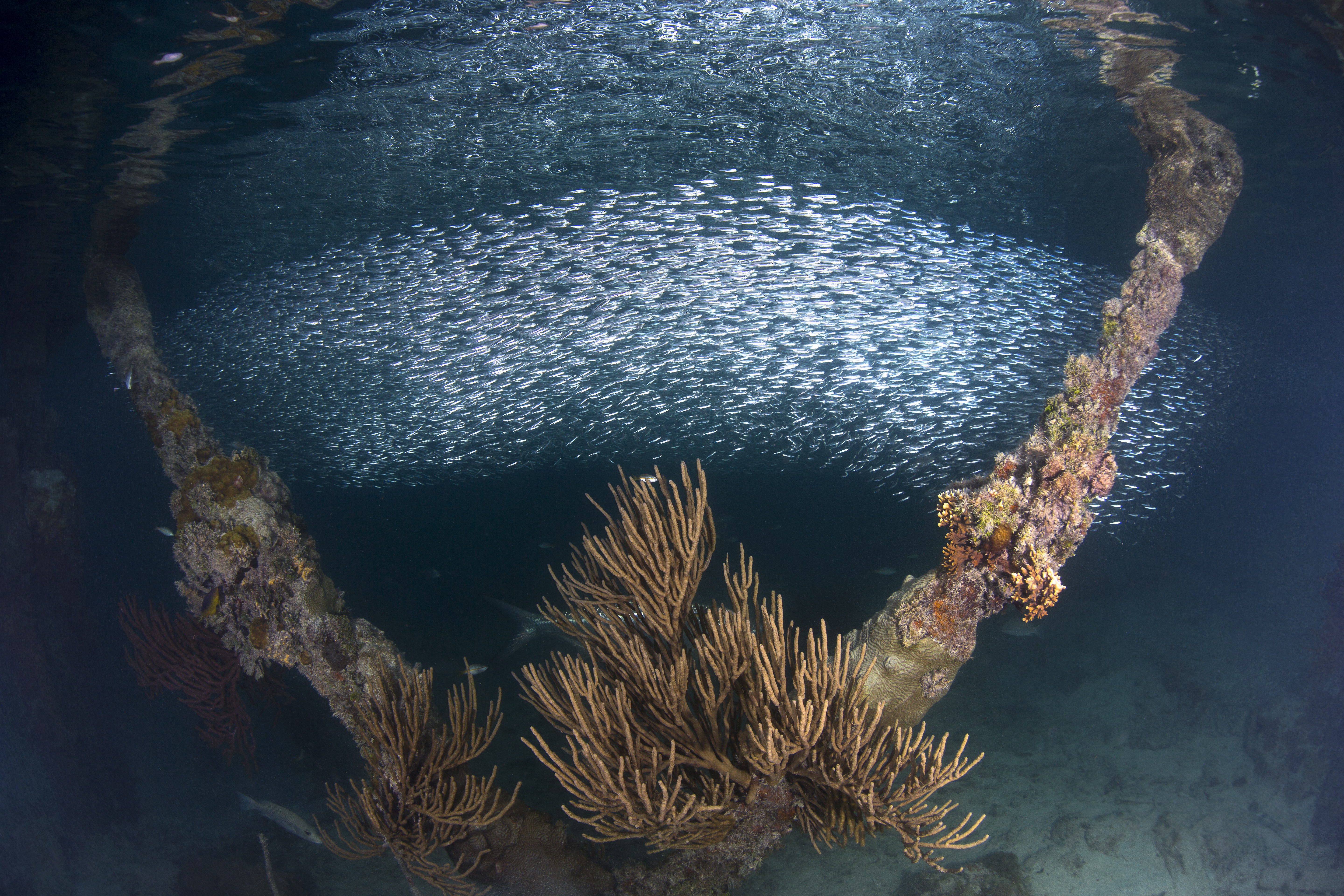

So you may be asking yourself, how do fish coordinate with each other? Well, fish keep in line through a combination of visual contact and their lateral line. Their lateral line being an organ along each side of their body that can sense subtle pressure changes in the surrounding water. By maintaining the “zone of repulsion” and “zone of orientation,” fish can sense when a neighbor is too close and automatically turn away while simultaneously still matching their neighbors’ movements.
Got a Crush on a Schoolmate?
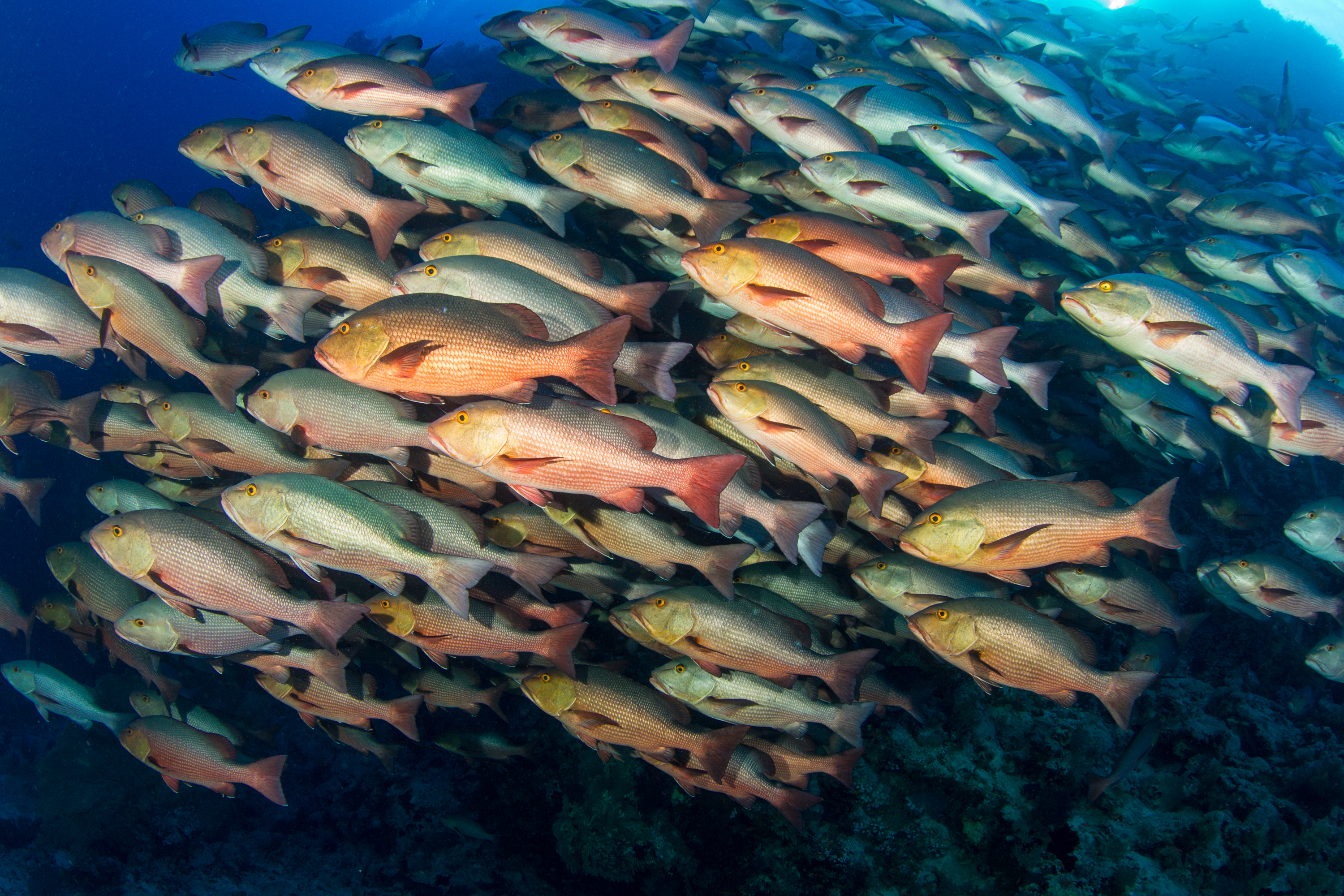

Besides being a useful defense against predators, fish schools are a great way to meet someone! With the increased access to potential mates, there is sometimes synchronized reproductive behavior, leading to a large number of births.
Natural Students
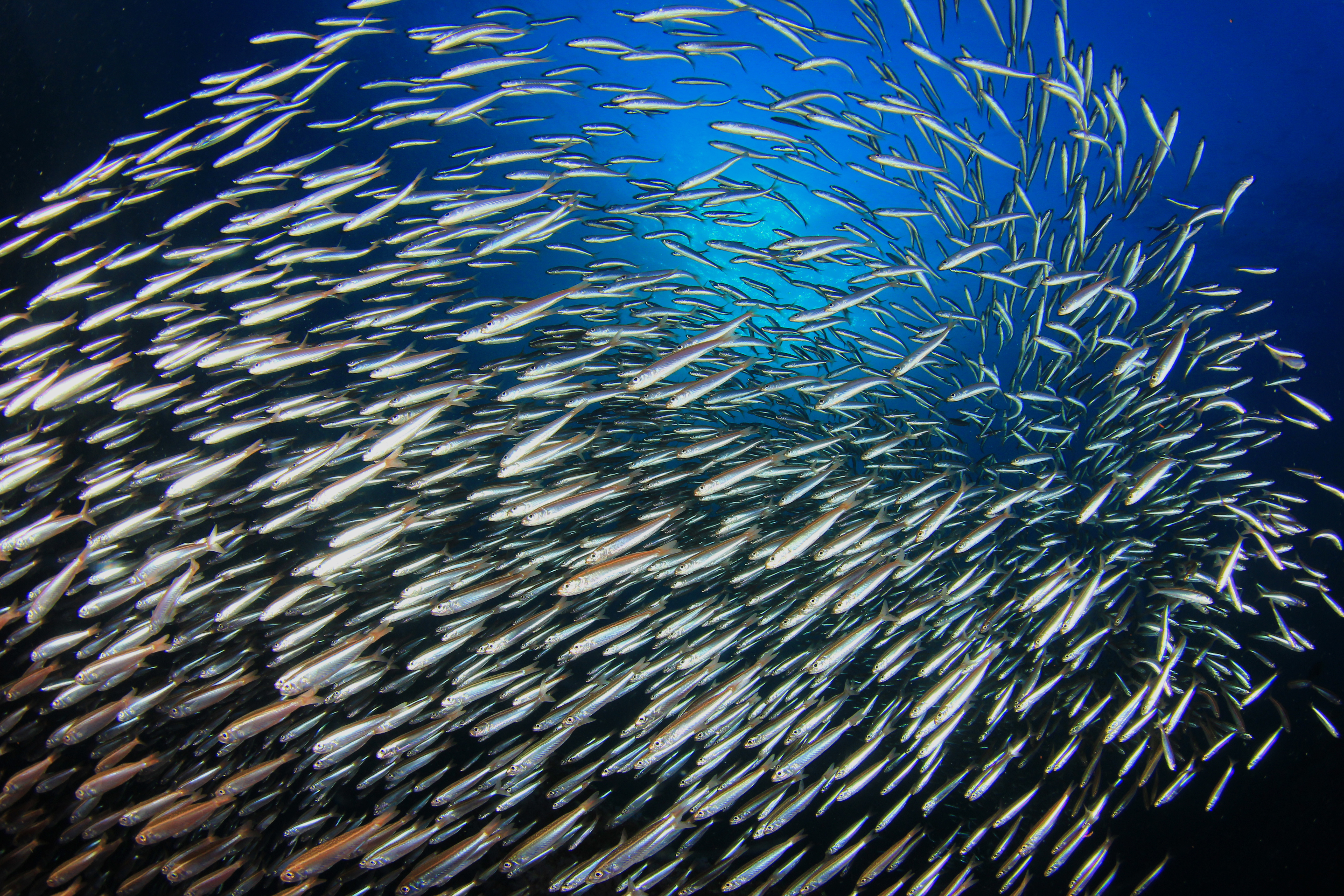

Fish may not need any lessons when it comes being in school. Scientists think that schooling behavior isn’t something fish have to learn to do—instead, it is in their genes.
Saved by the bell! We hope you enjoyed these fishy facts and have a wonderful school year!
Sign up for our emails!
The post Fish 101: Back to School appeared first on Ocean Conservancy.
Read the full article at: https://oceanconservancy.org/blog/2018/09/07/fish-101-back-school/



